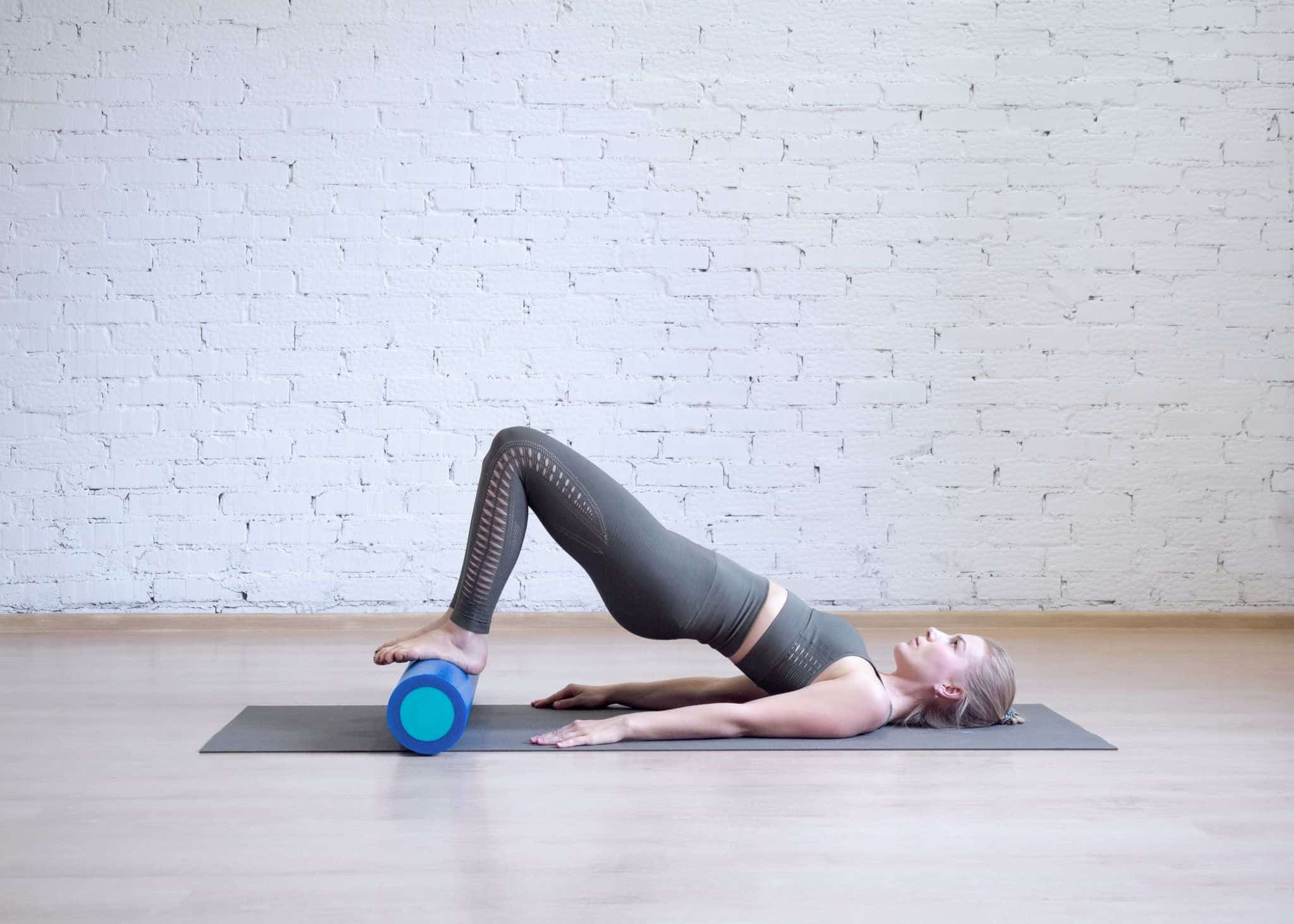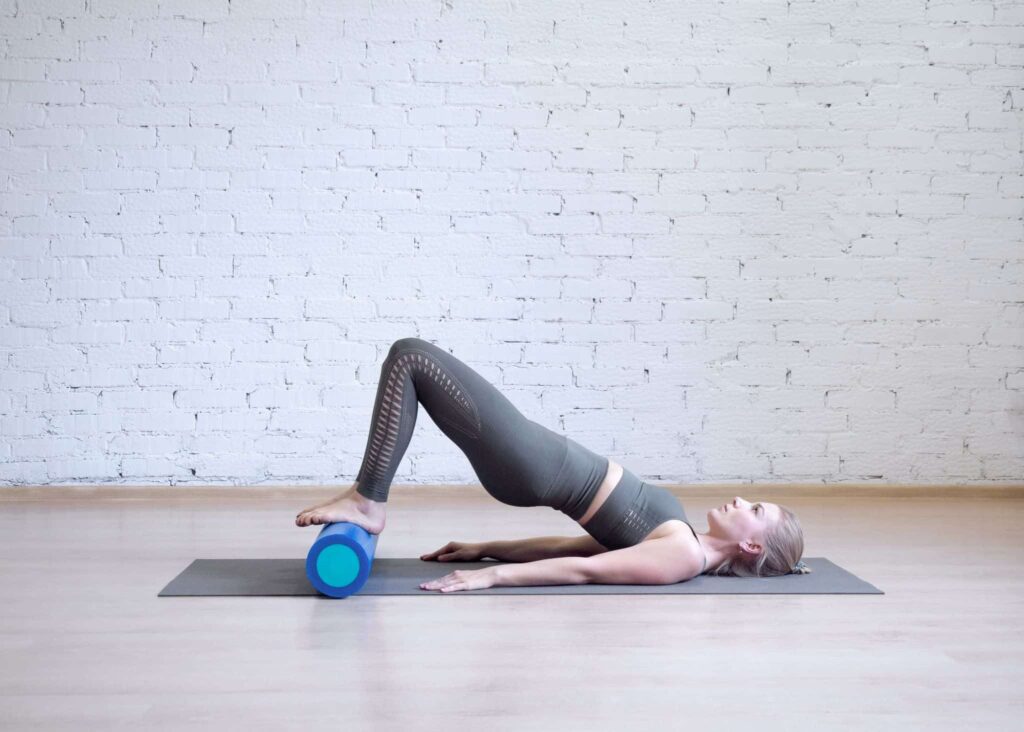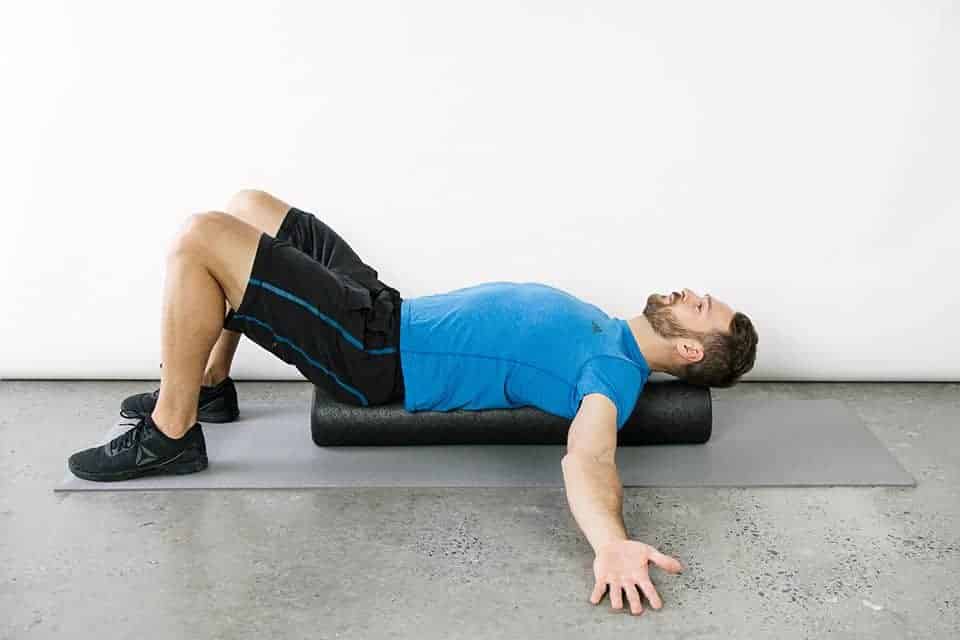Pilates Props: Foam Roller

After working on resistance training, balance and stability, it is now time to discuss a prop that works on mobility and restoration. In our fourth and last blog in the series on Pilates Props, we will be talking about every rehab professional’s favourite: Foam Roller. If you know what the Foam Roller is, chances are that you have used it and know how cathartic the experience of rolling it after a workout can be. But if you are only using it to restore and rehab tight muscles then you are not making full use of this amazing prop.
What is a foam roller?
Foam rollers are long, cylindrical-shaped tubes and are usually made from a type of foam called EVA. These humble props were first packing material before they were adopted as an exercise tool by physical therapists. Although the diameter is usually around 6 inches, the length, density and texture of the foam roller vary. Some of them have raised, wave-like ridges, while others are covered in a pattern of small bumps. However, in Pilates, we use the smooth foam roller which is devoid of texture.
The density of the foam roller can also vary. Industry-standard colours are black for the densest, blue for the medium density rollers and white for the ones made of the softest material. When it comes to using the roller for balance, the soft roller is avoided as it will not challenge stability. But for myofascial release the black ones are used usually for athletes, blue ones can be used by everyone in general, and the white ones are reserved for active agers and those with certain physical issues or conditions.
What is it used for?
As the roller is a moving platform that lets you literally roll with it, it’s uses are three-fold.
First, it is used as an unstable surface to enhance your exercises by adding a balance challenge. For example, if you place your feet on the roller to lift up into the Bridge, there is a dual challenge of stabilising the lumbopelvic region while preventing the roller from rolling away. And since the foam roller, is higher than the floor, it also increases the range of mobility of the hip joint as you go up into the Bridge. The challenge is enhanced when you do Marching in the Bridge with your feet on the roller. This is just one example, but the foam roller can be used in multiple exercises for variety and an added challenge, like in Scissors as shown in the video below.

Second, it is used for stretching and increasing mobility in joints. If you have a longer foam roller, you can lie on top of it by aligning your spine from head to the tailbone along its axis. This position increases the range of mobility of the shoulder joint complex and allows you to actively mobilise and stretch your upper extremities. The same works for the hip joint when you place the foam roller underneath your pelvis. It automatically relaxes the lower back and enhances the stretches in your lower extremities. You can also place it under your forearms for the Swan and use the rolling movement of the foam roller to increase the range of the movement.

Third, is the most well-known use of foam rollers i.e. myofascial release or self-massage. Myofascial release is a term used for any manual therapy techniques which include putting pressure on the muscles and fascia, manually or using some tools. The fascia, which includes all the different connective tissues and neurological receptors of the body, create the structure of the body. We will be touching on the basics of fascia and myofascial release in the next series of blogs. To learn more about Fascia, sign up for our workshops on Wonder of Anatomy and Movement.
Exercises with a Foam Roller
Once you have learnt about the versatility of this prop, you will never stop using it. Check out this video to learn some simple exercises with the foam roller.
Check out our class schedule here.
